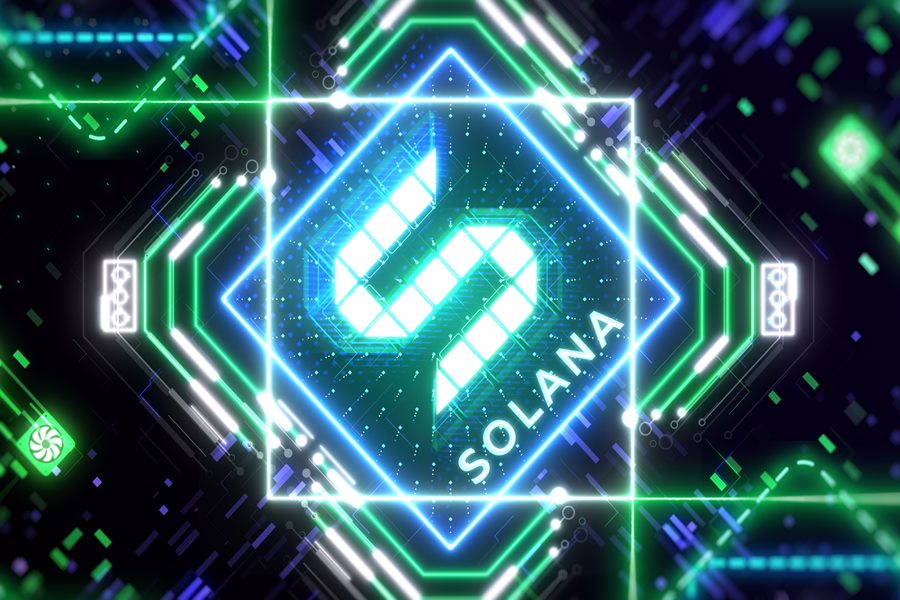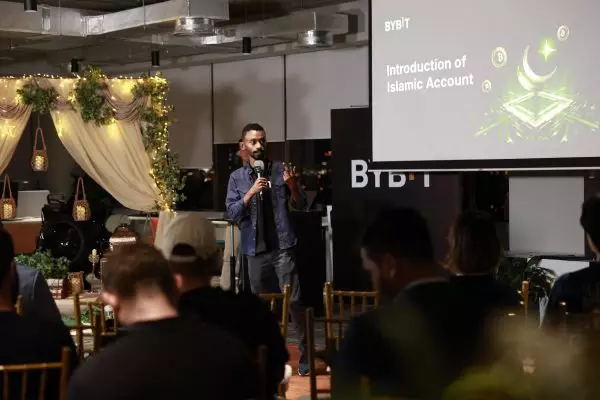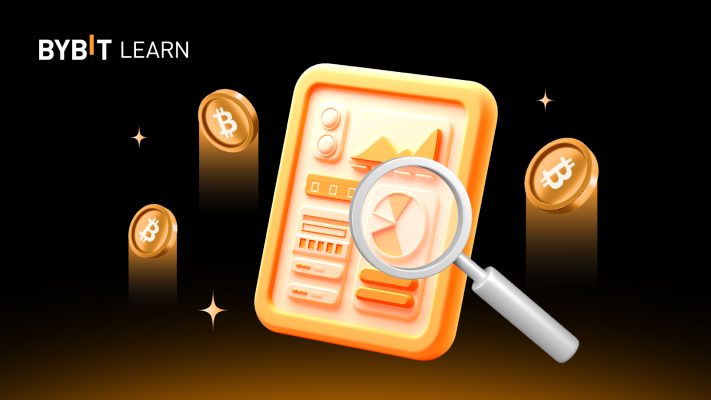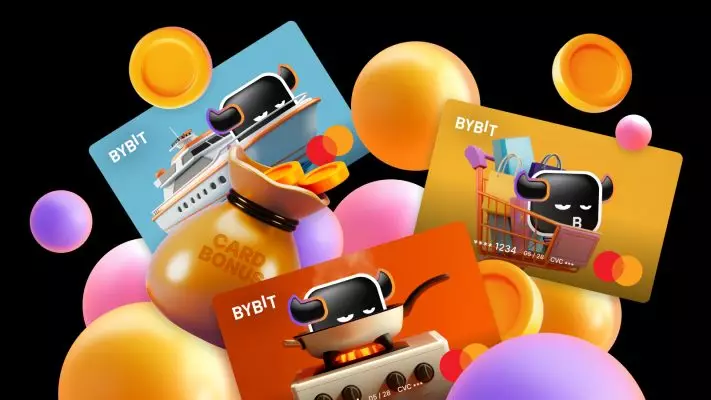Ethereum (ETH) is second to Bitcoin in terms of popularity mainly because of its value. But among the newly launched blockchain networks out there, one is quickly keeping up with Ethereum, and it’s called Solana (SOL). Today, it’s proving strong and going head-to-head with ETH. But will Solana remain a formidable rival against Ethereum? Keep reading to find out.
The Rise of SOL
Solana is one of the newest cryptocurrencies that’s been gaining a lot of attention since its development. You can get it from various cryptocurrency exchange platforms like Swyftx Solana. If there’s a particular type of cryptocurrency that experts and investors alike should keep a close watch on, it’s SOL. Since January 2021, it’s been a dominating force with a 16,000% growth from USD$1.51 to around USD$200. It’s currently in fifth place on CoinMarketCap’s comprehensive cryptocurrency list.
The inception of Solana came with the birth of a platform for developers of decentralized apps in 2017. Blockchain scalability faces issues that rely on sharding (a method that horizontally divides information inside a database), which has led to the creation of the Solana protocol through the Proof of History (PoH) solution. This enables the timestamping of every transaction before the network conforms to it. The Solana blockchain can then provide when transactions have been made quickly and accurately. It trumps Bitcoin because the latter can’t offer the series of transactions and uses up valuable time and computing power.
In brief, when a blockchain like Solana can offer a faster and cheaper transaction option, it can encourage more investors because of the convenience of exchanges. Solana has a high capability rate of 65,000 transactions per second and a 0.4-second settlement. The PoH mechanism remains because of the affordable transaction cost of USD$0.00025.
Solana’s founders are also not to be taken lightly. FTX Founder and CEO Sam Bankman-Fried and Andreessen Horowitz are the developers that made the blockchain into fruition.

Can SOL Outdo ETH?
ETH is expensive when it comes to transactions because of the high prices of Ethereum gas fees that can reach up to USD$100. Miners use gas fees (pricing value) to successfully conduct a transaction or a contract on the blockchain platform. At one time, a rogue app caused a spike in gas prices that made it more expensive than transacting Bitcoin. You can pay as much as USD$75 in ETH transaction fees when buying a USD$100 worth of NFT. The ETH transaction fee is motivated by the demand to settle an agreement at the Ethereum block space.
Aside from having a low transaction cost, Solana is backed by FTX, which is among the world’s largest decentralized exchanges. Solana is currently the chosen foundation where FTX can build their Serum exchange that’s aspiring to be faster than the others. It alone brings brand awareness and promotion. A solid partnership sets up Solana for the long haul, alerting other companies to take notice.
You can make comparisons between ETH and SOL in the same way you’d compare a first-world country and a developing one. What past discussions seem to miss is that just because a first-world country (ETH) is the obvious choice for investing, it doesn’t necessarily mean that investors aren’t doing so in developing countries. That means both SOL and ETH can grow in value despite their differences.
The partnership with FTX, along with Terra, Arweave, USDC, Chainlink, and Tether, assisted in the legitimization of the Serum project to help it reach true competitor status. Solana is also raising funds for future campaigns related to building its own ecosystem. The team behind Solana aims to raise USD$300 million to help with project developments and build partnerships more quickly.
Solana as a Complement
While the rivalry between Ethereum and Solana is there, SOL can also become a complement cryptocurrency. Any blockchain benefits from high speed but suffers from centralization, like Solana. Users need to have high-end specialized hardware to become a mainnet validator. Solana cryptocurrency has 500 to 1000 validators, much fewer than the 60,000 that Ethereum has. Solana has also experienced network outages that signal its fragility. That may put a dent in a decentralized blockchain.
Ethereum-based decentralized applications (dApps) are also not compatible with Solana’s chain due to the latter’s incompatibility with EMV, which is a payment method. That barrier makes it unlikely for other decentralized apps to penetrate Solana. While the SOL blockchain is fast, it’s not as stable as Ethereum’s, making them unlikely competitors.
Undoubtedly, there’s a connection between the two cryptocurrencies in that users can utilize Solana by using ERC-20 tokens that investors can buy, sell, and trade in the Ethereum blockchain. Ethereum has become similar to a savings account, while Solana is the faster blockchain to be delegated to daily transactions. That’s a preferable system because it enables Solana and Ethereum to work together rather than against each other. Transactions within the Ethereum environment will be more convenient as well.
In Conclusion
While there’s a current rivalry between Solana and Ethereum, there are also signs that Solana can serve as both a threat and a complement. It’s a strong blockchain model that can survive volatilities and market crashes in the future. There’s a likelihood of it staying as a staple in the blockchain industry.
Featured Image: AdobeStock



